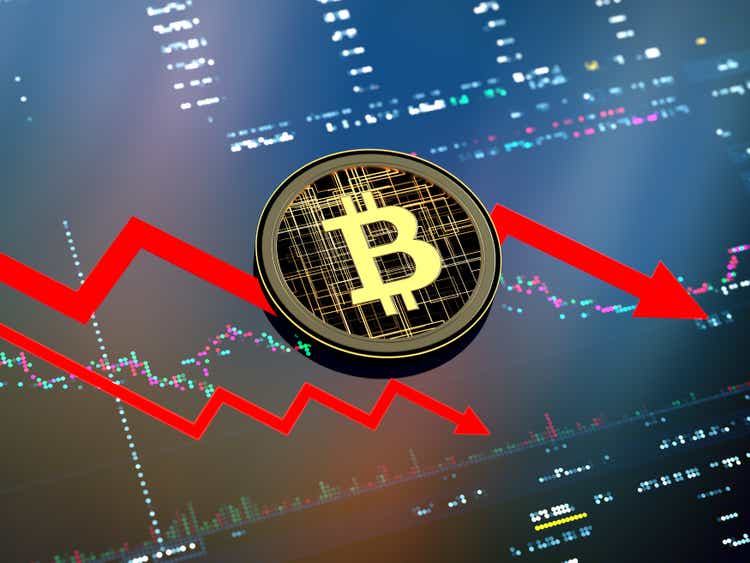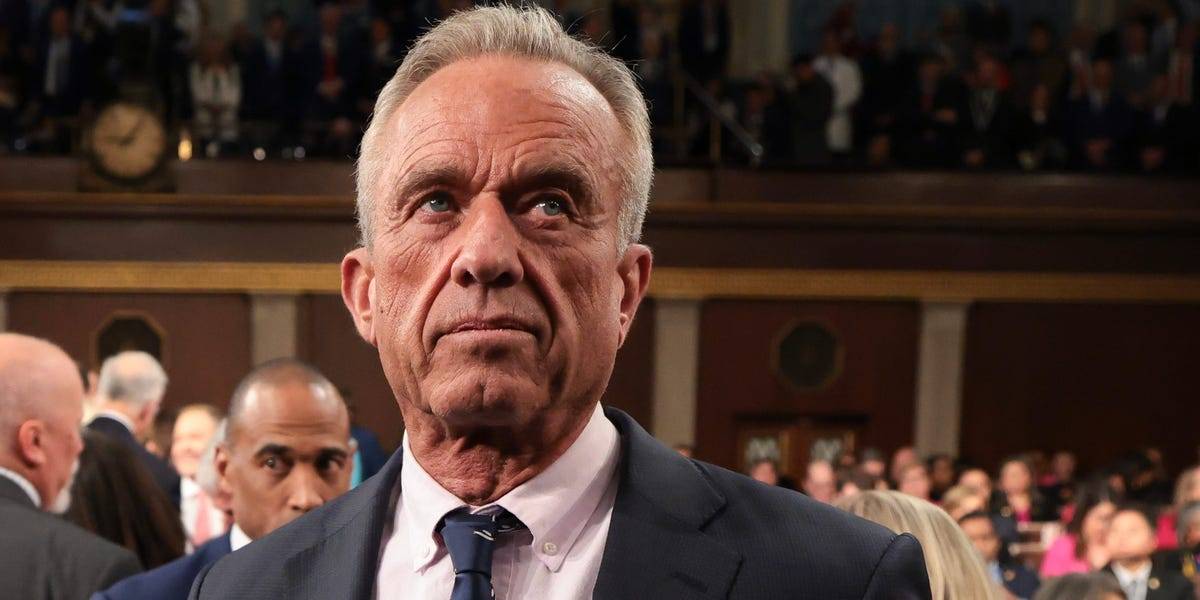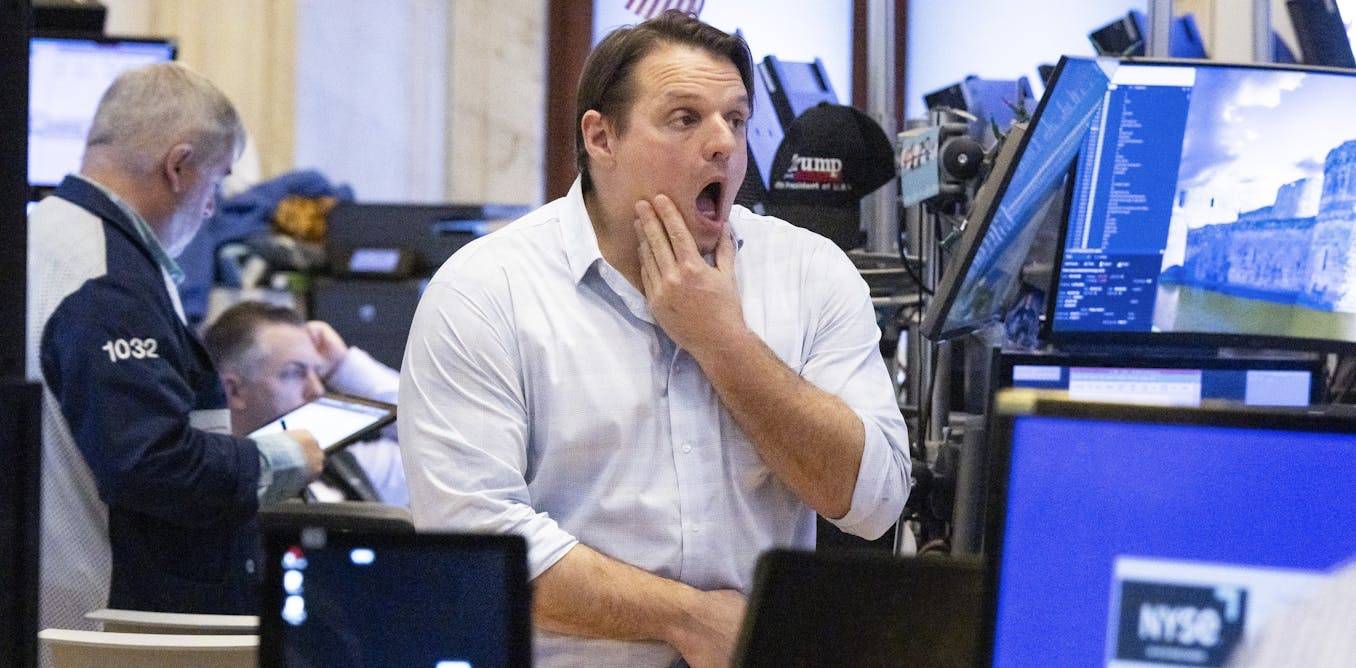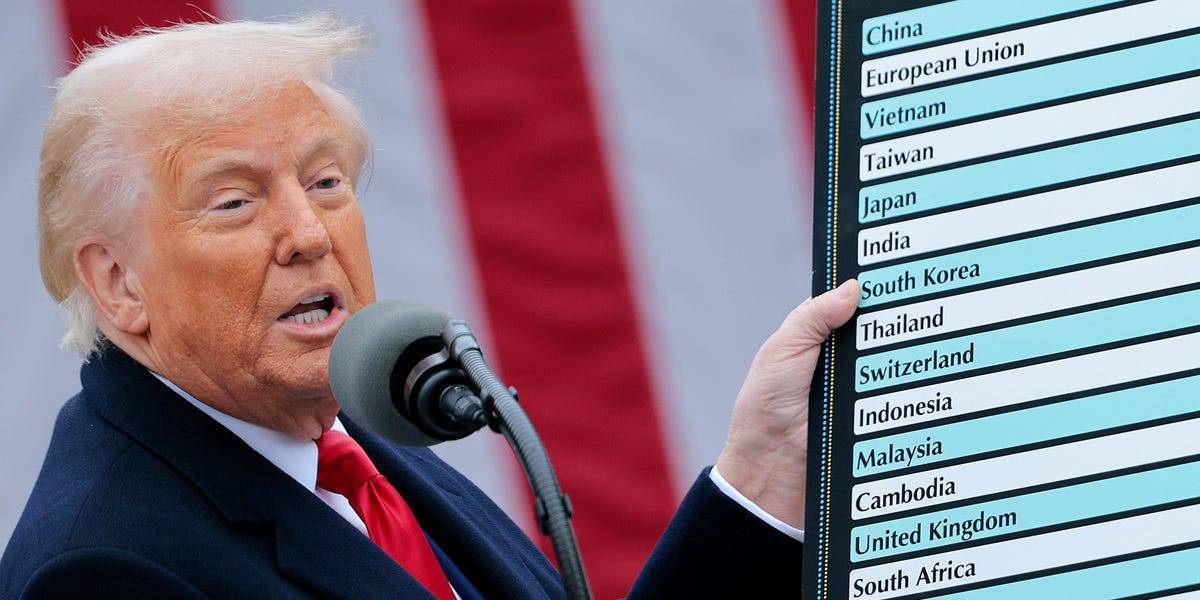The Bitcoin roller coaster just took another big dip. After reaching almost $100,000 last week, Bitcoin has fallen below $75,000. This drop happened right after President-elect Donald Trump announced new tariffs that might be coming.
Many people bought Bitcoin after Trump won the election because they thought he would help cryptocurrency grow. His win created what some called the “Trump rally” in crypto markets. But now that excitement seems to be cooling off.
The tariff announcement shocked investors across many markets, not just crypto. Trump shared on social media that he plans to put a 25% tax on goods from Mexico and Canada, plus an extra 10% on Chinese imports. This news made traders nervous about what might happen to the economy.
Bitcoin isn’t the only cryptocurrency feeling the pain. Ethereum, the second-largest digital coin, dropped below $3,000. Other smaller cryptocurrencies saw even bigger percentage losses as investors pulled back from riskier assets.
“The market got ahead of itself with post-election enthusiasm,” says Marcus Johnson, a crypto analyst at Blockchain Capital Research. “Tariff talk is a reality check that economic policies can affect digital assets too, even though they exist online.”
Some experts wonder if this drop is just a normal correction after Bitcoin’s huge rise. The digital currency has gone up more than 70% this year even with this recent fall. Long-term investors might see this dip as a chance to buy more at lower prices.
Trump has said positive things about cryptocurrency during his campaign. He promised to make America “the crypto capital of the planet” and even launched his own digital collectibles. Many crypto supporters hoped his return to office would mean fewer regulations on digital assets.
The Federal Reserve’s actions could also affect Bitcoin prices in the coming months. Markets expect interest rate cuts, which typically help Bitcoin. Lower rates make it less attractive to keep money in savings accounts, pushing some investors toward alternatives like crypto.
Despite the current drop, some analysts remain positive about Bitcoin’s future. “This pullback doesn’t change the fundamental case for Bitcoin as a hedge against economic uncertainty,” says Sarah Chen from Digital Asset Research. “In fact, trade tensions might eventually drive more people to crypto as a safe haven.”
For new investors, these wild price swings show why cryptocurrency remains a risky investment. Bitcoin has crashed and recovered many times in its history. Back in 2022, it fell below $16,000 after hitting nearly $69,000 the previous year.
The upcoming Bitcoin “halving” event, expected in April 2024, could also influence prices. This technical change cuts the rewards for mining new Bitcoin in half, reducing new supply. Previous halvings have eventually led to price increases, though not always right away.
Wall Street’s growing interest in Bitcoin hasn’t protected it from this recent drop. Major investment firms now offer Bitcoin exchange-traded funds (ETFs), making it easier for traditional investors to buy crypto. These ETFs have attracted billions of dollars but remain subject to the same price swings.
For everyday people watching from the sidelines, the message seems clear: cryptocurrency remains an exciting but unpredictable market. Whether Bitcoin bounces back quickly or continues falling depends on many factors, from government policies to investor psychology.
As markets digest the tariff news and look toward Trump’s official return to the White House in January, Bitcoin’s price could go either way. The only certainty in crypto seems to be uncertainty itself.









